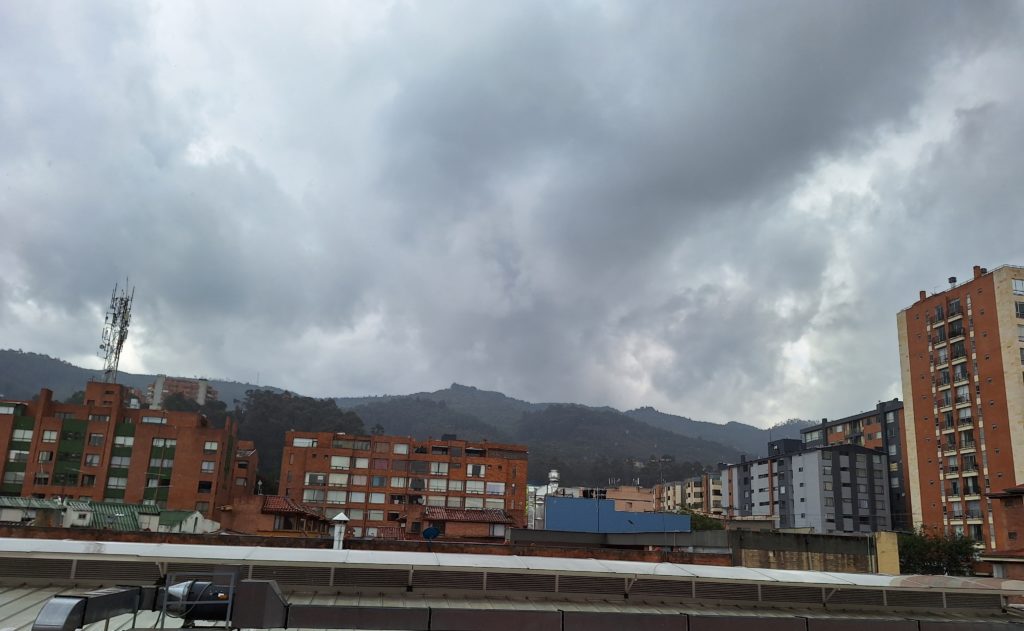
Colombia is avoiding a water and energy crisis thanks to significant rainfall over the last week. In recent days, the Colombian water reservoirs have registered their first increase in levels after weeks of decline. Between April 18 and 23, the levels of the water reservoirs rose from 28.56 percent to 30.36 percent of their total capacities, according to XM, the administrator of the Colombian energy market. The situation is easing in Colombia, where the government has prepared a national energy rationing plan in case water reserves drop to 27 percent.
Increased rainfall in Colombia
The reduced precipitation caused by El Nino phenomenon has triggered a national water crisis, with approximately 25 percent of Colombia’s municipalities facing water shortages. Now that this climatic phenomenon is ending, rainfall is expected to intensify and help alleviate the crisis.
According to the Institute of Hydrology, Meteorology, and Environmental Studies (IDEAM), rainfall in Colombia is expected to continue from May to July, with a 10 to 20 percent increase compared to historical levels for the Caribbean, Andean, and Pacific regions. From August to October, the institute predicts that precipitation levels will be 20 percent above the historical averages for these regions, but there will be a decrease of 10 to 20 percent for the Llanos and Amazon regions.
Energy and water crisis continues
This increase in rainfall, however, remains insufficient to completely dispel the threat of a water and energy crisis. Andres Camacho, the Minister of Mines and Energy, has announced new measures to intensify the country’s energy savings. A tiered system is now in place for both individuals and businesses, with additional taxation for each kilowatt-hour consumed above the established average.
At the heart of the national crisis, the situation has also improved in Bogota. While the city has been undergoing a water rationing plan for several weeks, the levels of its main reservoir, Chingaza, have increased, rising from a historically low level of 14.9 percent to 16.1 percent between April 18 and 23.
See all the latest news from Colombia and the world at ColombiaOne.com. Contact our newsroom to report an update or send your story, photos and videos. Follow Colombia One on Google News, Facebook, Instagram, and subscribe here to our newsletter.

